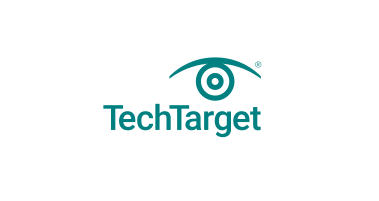A cloud access security broker (CASB) serves as a crucial intermediary tool between an organization’s on-premises infrastructure and a cloud provider’s infrastructure. Its primary function is to ensure a consistent and secure method for organizations to access cloud resources while enforcing security policies to mitigate potential threats that may arise when incorporating cloud-based networking into their IT infrastructure.
The significance of CASBs lies in their ability to combine and enforce various security policies, including authentication, credential mapping, encryption, logging, and malware detection, to safeguard data security, ensure compliance, and provide threat protection. By sitting between on-premises infrastructure and the cloud, CASB tools verify that all traffic sent to the cloud adheres to security policies before transmission.
CASBs are available in different forms, including on-premises and cloud-based software, as well as software as a service (SaaS), offering flexibility for organizations to choose a deployment model that aligns with their specific requirements.
Key features typically offered by CASBs include authentication, web application firewalls, data loss prevention (DLP), shadow IT discovery, access control, visibility features, and threat protection features. These features play a crucial role in enhancing security, compliance, and monitoring capabilities for organizations utilizing cloud resources.
The core components of CASBs revolve around visibility, compliance, threat protection, and data security. These pillars ensure organizations have insight into cloud application use, compliance with regulations, protection against threats, and security of cloud-based data to maintain a secure environment.
CASBs operate through a discovery, classification, and remediation process to identify cloud applications in use, assess associated risks, and resolve detected threats based on security policies. By utilizing autodiscovery and various security access controls, CASBs offer comprehensive security measures to protect organizations’ cloud infrastructure from potential vulnerabilities.
Use cases for CASBs span across data security, malware protection, monitoring, compliance assessment, cloud application usage tracking, user behavior analytics, and integration with other security tools such as firewalls, IAM, and endpoint security solutions. These use cases demonstrate the versatility and effectiveness of CASBs in strengthening overall security posture and regulatory compliance.
In the realm of cloud access security broker vendors, notable players include Broadcom Symantec CloudSOC CASB, Fortinet FortiCASB, Microsoft Defender for Cloud Apps, Netskope One CASB, and Skyhigh CASB. These vendors offer a range of tools and services to address the diverse security needs of organizations leveraging cloud resources.
Looking ahead, CASBs are expected to play a vital role in the evolving landscape of secure access service edge (SASE) architectures, which integrate network and cloud-native security technologies into a unified cloud service. CASBs, with their access control, policy enforcement, threat prevention, and visibility features, are poised to become a fundamental component of SASE architectures, alongside other cybersecurity services, to protect cloud-based resources effectively.


